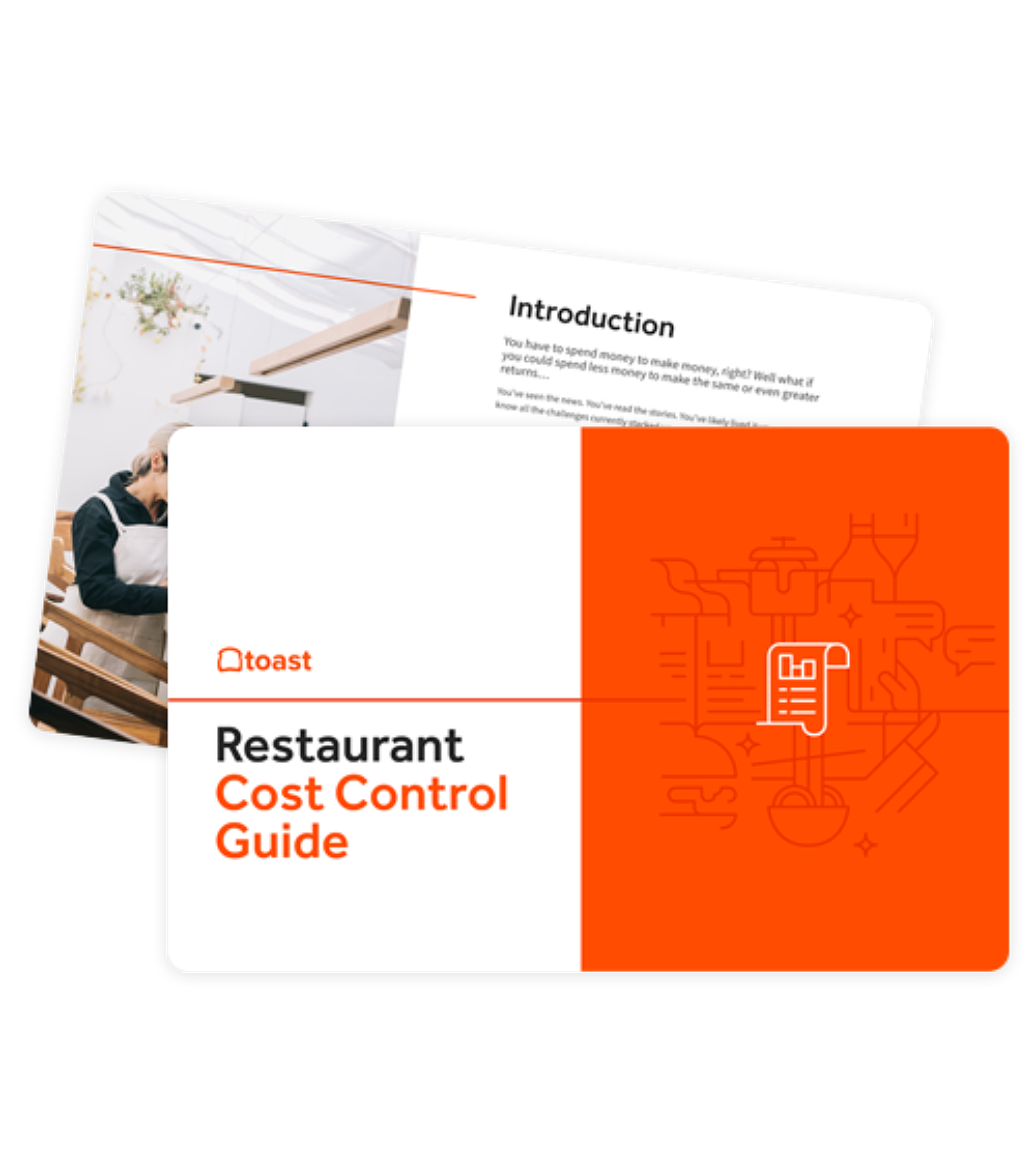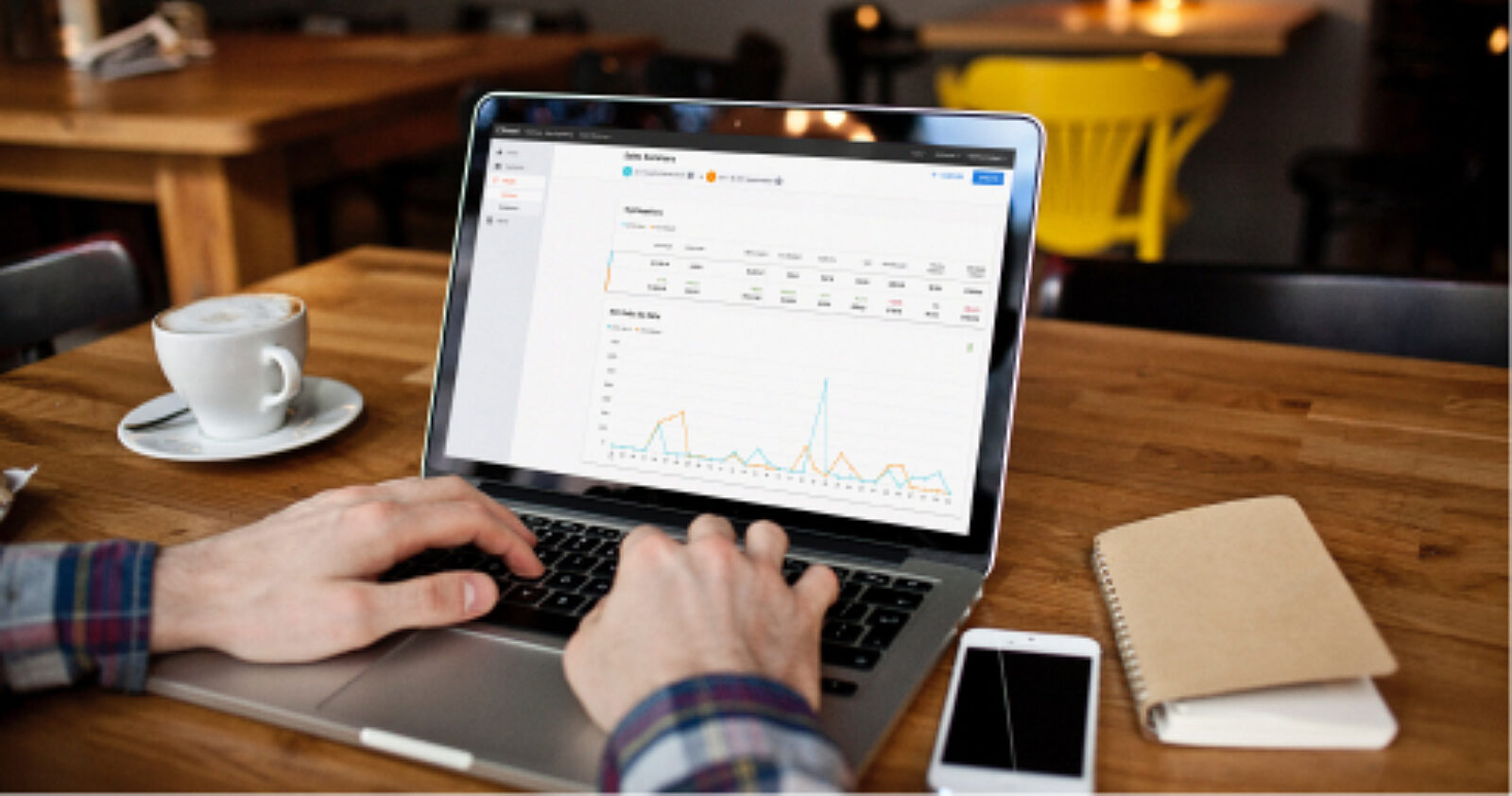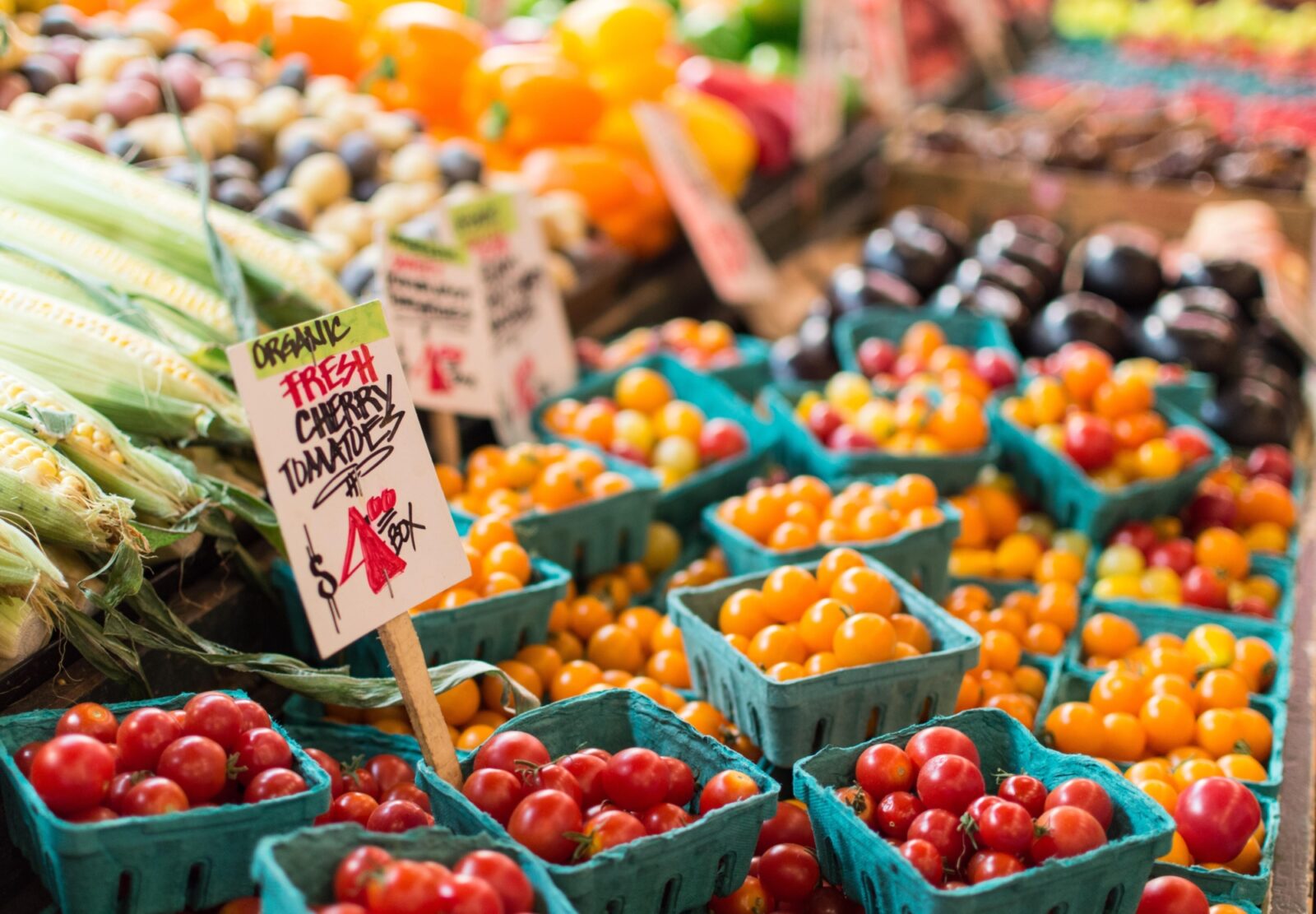
Control Restaurant Fixed Costs and Variable Costs to Protect Profits
Restaurant managers and operators can protect profitability by calculating variable costs and adjusting food, labor, and more accordingly.

Justin GuinnAuthor


Restaurant Cost Control Guide
Use this guide to learn more about your restaurant costs, how to track them, and steps you can take to help maximize your profitability.
Restaurant operators should consider calculating fixed costs and variable costs in order to accurate track their profitability and bottom line growth.
These restaurant fixed and variable expenses are the one thing standing between sales and profits, so understanding them and how to influence them — drive them down — can be critical for lowering costs and growing the bottom line.
Read on to learn more about fixed costs and variable costs, why they’re so important for your restaurant business, why you should be tracking them, and how technology can help streamline all this tracking.
Restaurant Operator Insights Report
See insights from real restaurant operators which can help you benchmark your current and planned restaurant technology stack against your peers as we head into 2024 and beyond.

Defining restaurant fixed costs and variable costs and their importance
Small businesses in the restaurant industry have an abundance of metrics to help measure their success.
Profit margin is a common measure of restaurant business success. It’s essentially the amount of revenue from total sales left over after accounting for all your operating expenses — also known as your bottom line.
While different types of restaurants will look at different metrics depending on their stage of business, most successful restaurant owners will have a handle on their profit margin — which means having a handle on restaurant expenses, typically broken down into total fixed costs and total variable costs.
What are restaurant fixed costs
Restaurant fixed costs are all the costs that aren't directly tied to sales.
For example, your lease and your insurance premium remain the same from month to month, whereas the cost of a case of tomatoes can change from one week to the next. That’s why leases and insurance are fixed costs and food costs aren’t.
Examples of restaurant fixed costs include:
Restaurant occupancy costs, including lease or mortgage payment, insurance premiums, and taxes
Water, electric and/or gas, city sanitation fees, and other utility bills
Point of sale, accounting system, and other technology fees as well as ongoing professional and custodial services
Kitchen equipment depreciation
Salaried wages, included benefits
What are restaurant variable costs
Restaurant variable costs are all those controllable expenses tied to your sales.
For example, the cost of a case of tomatoes is a variable, controllable cost that directly impacts your sales — variable in that the price can change week to week and controllable in that you can shop around to different suppliers or even omit tomatoes from your menu for a while.
The two main examples of restaurant variable costs include:
Cost of goods sold (restaurant food costs, non-alcoholic beverages, paper goods, etc.)
Labor costs (salaried and hourly employees, payroll taxes, benefits)
Restaurant Operator Insights Report
See insights from real restaurant operators which can help you benchmark your current and planned restaurant technology stack against your peers as we head into 2024 and beyond.

Controlling operating costs to hit your restaurant break-even point
Once a restaurant reaches enough total sales over a given period to equal their total restaurant expenses over the same period, they’ve hit their break-even point.
Conducting a break-even analysis can help restaurant operators understand how much they need to clear before revenue turns to profits.
If the average restaurant profit margin hovers around 5-10%, that leaves 90-95% of revenue going toward restaurant operating costs — which are split between fixed costs and variable costs.
Restaurant fixed costs aren’t typically something that can be tweaked from month to month — hence they’re labeled as “fixed” costs.
On the other hand, variable costs can be manipulated week to week to account for ingredient price fluctuations and other variables. These costs may also be called restaurant prime costs — the combination of restaurant labor costs and the cost of goods sold (COGS).
Prime cost percentages typically float around 60 percent and are usually evenly split between labor cost percentages and food cost percentages, or COGS. This is more prescriptive than overall operating costs, and there’s still opportunity to go deeper into different labor and COGS groups.
How to calculate restaurant fixed costs, restaurant variable costs, and break-even points
If restaurateurs want to control costs, they can start with conducting consistent restaurant operating cost breakdown. This is a repeatable process of calculating costs required to operate your restaurant — with the goal of achieving a detailed view of different cost groups.
Calculating fixed costs can be as simple as adding together all your lease or mortgage costs, utility bills, property taxes, regular marketing costs, typical employee benefits, POS system costs, and any other regularly repeating restaurant expenses.
Calculating variable costs is theoretically the same process, it just requires more nuance in determining variable expenses over a given period. Food service operators have to drill down to the food costs required to make all the menu items sold during a given time period — as well as the total staffing costs and hourly wages over that same period of time.
Implementing cost control technology to help your restaurant
Restaurant operators can lean on technology to help make it easier to track fixed costs and variable costs.
You can start by assessing your current costing processes and cost tracking systems — or lack thereof.
Your ability to accurately, consistently break down total labor costs, food costs, and other expenses at scale can be dependent on proper technology.
Combining Toast’s Point of Sale system, Toast Payroll and Team Management, and xtraCHEF by Toast can help all types of restaurants access reports on total costs, daily sales volumes and amounts, and overall restaurant profitability.
Toast Payroll and Team Management, as well as Scheduling, powered by Sling, work together to uncover valuable labor cost trends to help you make better decisions.
xtraCHEF by Toast provides invoice automation tools and inventory tools that can empower you to drill into line-item level details for every ingredient on each of your supplier invoices and control food costs.
Together, these tools can combine with Toast POS to help automate and simplify restaurant fixed cost and variable cost calculations.
Is this article helpful?
DISCLAIMER: This information is provided for general informational purposes only, and publication does not constitute an endorsement. Toast does not warrant the accuracy or completeness of any information, text, graphics, links, or other items contained within this content. Toast does not guarantee you will achieve any specific results if you follow any advice herein. It may be advisable for you to consult with a professional such as a lawyer, accountant, or business advisor for advice specific to your situation.
Read More
Subscribe to On the Line
Sign up to get industry intel, advice, tools, and honest takes from real people tackling their restaurants’ greatest challenges.



